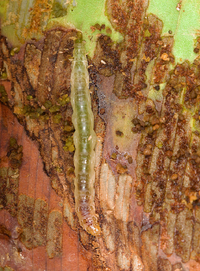
| Recorded by: Jim Petranka and Becky Elkin on 2025-10-29
Carteret Co.
Comment: | 
| Recorded by: Jim Petranka and Becky Elkin on 2025-10-29
Carteret Co.
Comment: |

| Recorded by: Dean Furbish on 2025-08-20
Wake Co.
Comment: | 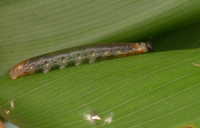
| Recorded by: J.B. Sullivan on 2024-09-15
Carteret Co.
Comment: |
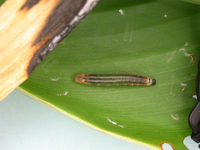
| Recorded by: J.B. Sullivan on 2024-09-15
Carteret Co.
Comment: | 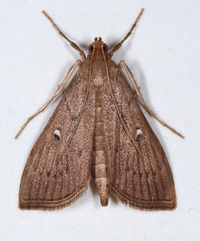
| Recorded by: Jim Petranka on 2024-08-29
Madison Co.
Comment: |
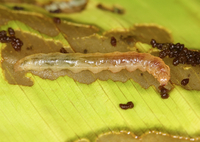
| Recorded by: Jim Petranka on 2024-08-13
Madison Co.
Comment: A larva that was in the rolled leaf of a Canna species. | 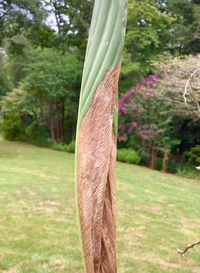
| Recorded by: Jim Petranka on 2024-08-13
Madison Co.
Comment: A rolled Canna leaf that shows an extensively skeletonized region. |
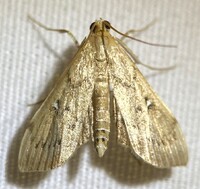
| Recorded by: Dean Furbish on 2024-06-12
Wake Co.
Comment: | 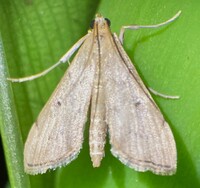
| Recorded by: Dean Furbish on 2024-06-07
Wake Co.
Comment: |
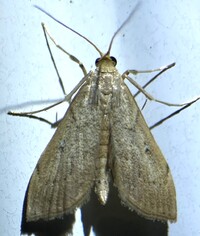
| Recorded by: Dean Furbish on 2024-04-08
Wake Co.
Comment: | 
| Recorded by: Dean Furbish on 2022-09-26
Wake Co.
Comment: |
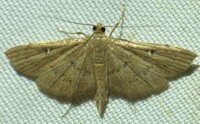
| Recorded by: Dean Furbish on 2022-09-08
Wake Co.
Comment: | 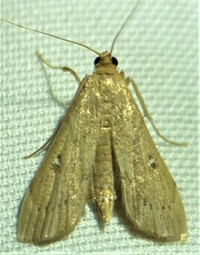
| Recorded by: Dean Furbish on 2022-09-08
Wake Co.
Comment: |
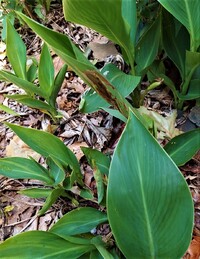
| Recorded by: Gary Maness on 2022-07-06
Guilford Co.
Comment: | 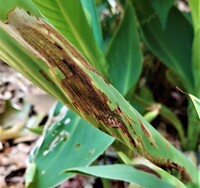
| Recorded by: Gary Maness on 2022-07-06
Guilford Co.
Comment: |

| Recorded by: Gary Maness on 2022-07-06
Guilford Co.
Comment: | 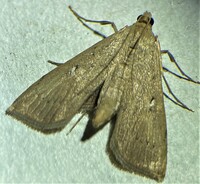
| Recorded by: Dean Furbish on 2022-04-24
Wake Co.
Comment: |
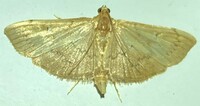
| Recorded by: Dean Furbish on 2021-08-02
Wake Co.
Comment: | 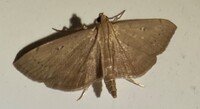
| Recorded by: Dean Furbish on 2021-04-13
Wake Co.
Comment: |

| Recorded by: Dean Furbish on 2021-04-11
Wake Co.
Comment: | 
| Recorded by: Dean Furbish on 2021-03-31
Wake Co.
Comment: |
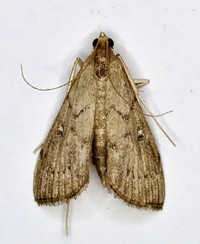
| Recorded by: Gary Maness on 2019-10-28
Guilford Co.
Comment: | 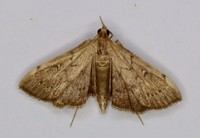
| Recorded by: Gary Maness on 2019-10-28
Guilford Co.
Comment: |
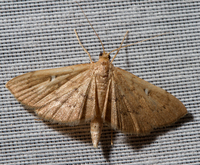
| Recorded by: Steve Hall on 2019-05-25
Orange Co.
Comment: | 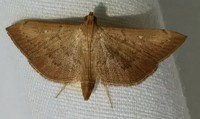
| Recorded by: Gary Maness on 2018-04-27
Guilford Co.
Comment: |

| Recorded by: Gary Maness on 2018-04-27
Guilford Co.
Comment: |

 »
»




 »
»


